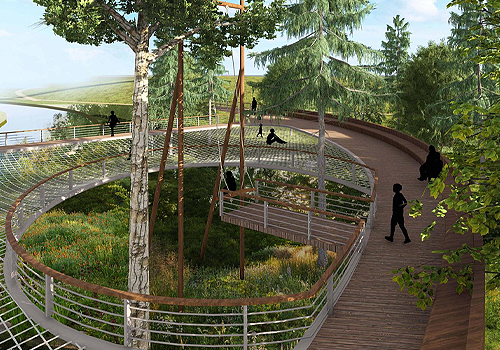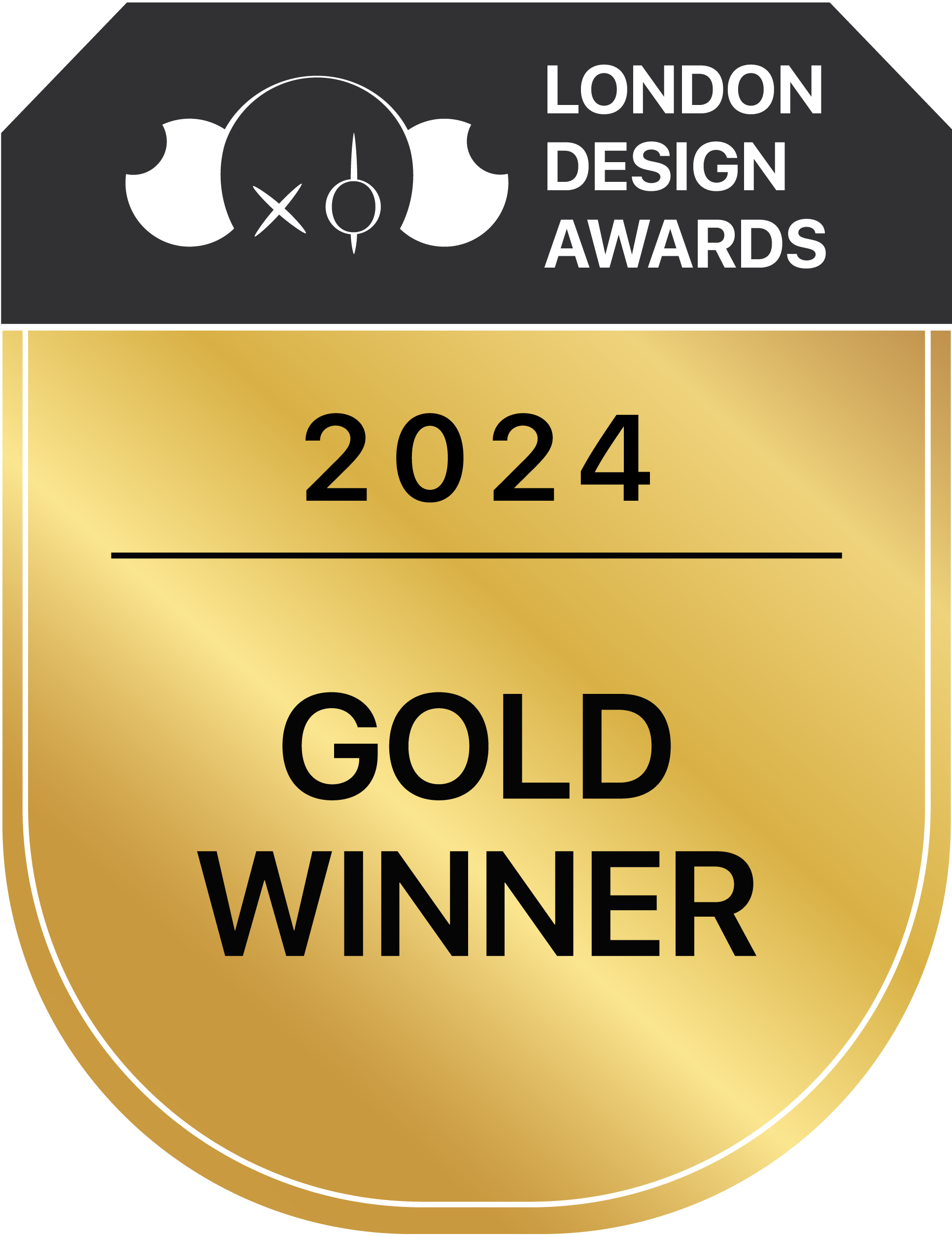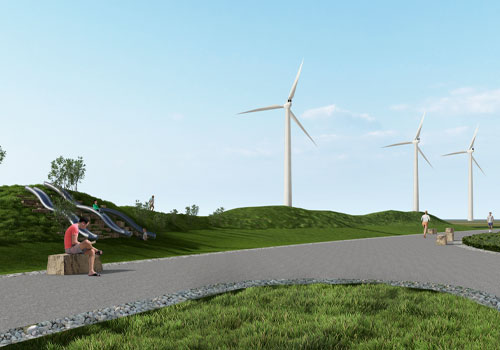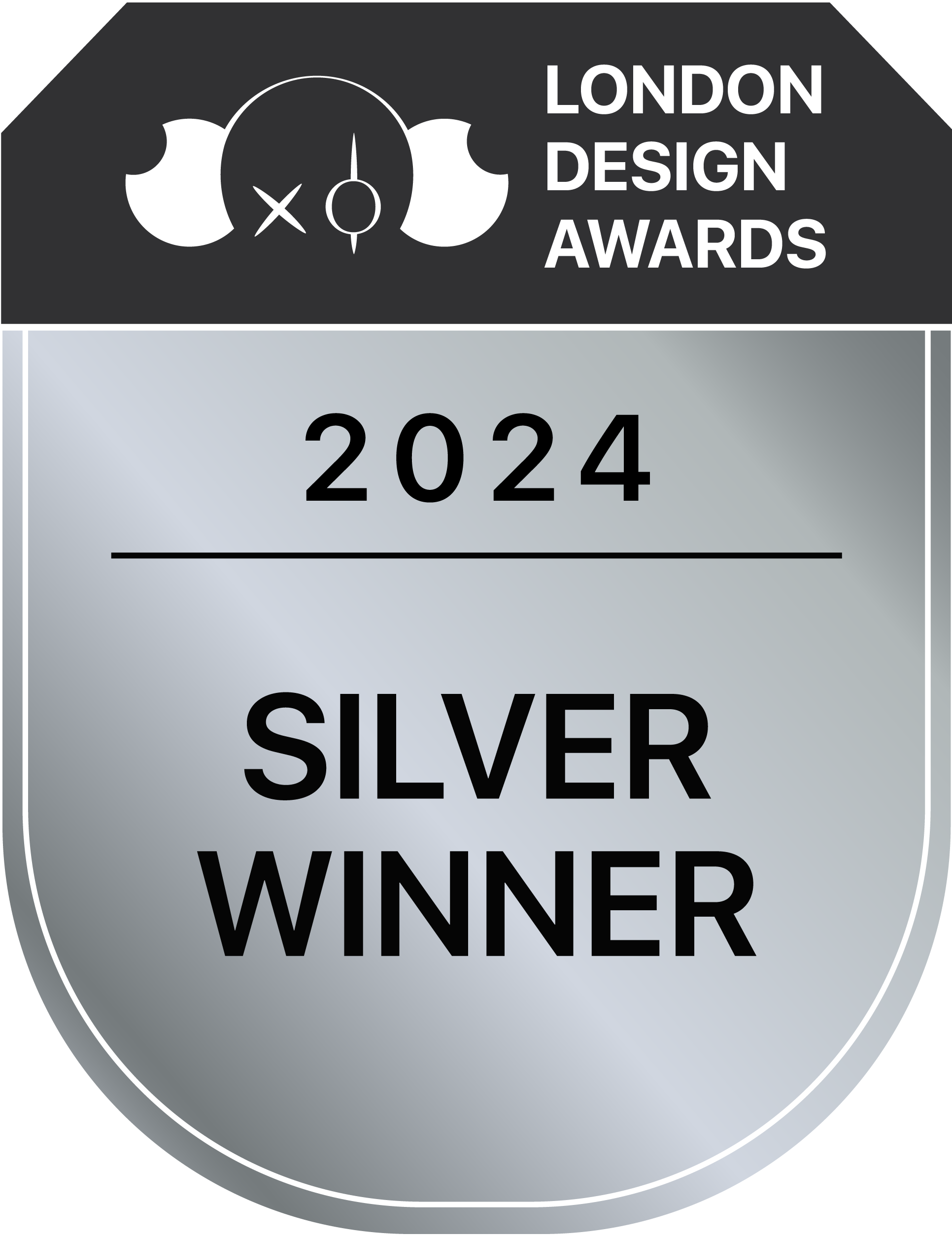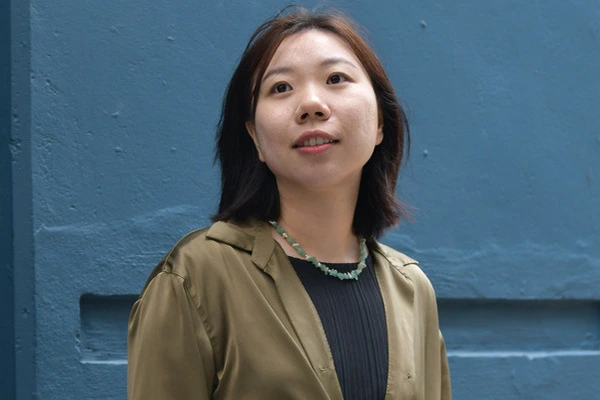
Yue Hu
1. Please give us a brief bio of yourself and your design background.
I was born in Northeast China and have studied and worked across various regions in China and around the world. I hold a degree in Urban Design and a Master’s in Landscape Architecture from the University of Pennsylvania. My work spans projects in China, the US, Denmark, Saudi Arabia, and Japan. I am deeply fascinated by the complexity of urban environments and how culture, economics, history, and human interaction shape cities.
2. What made you become/why did you choose to become a designer/artist?
My love for drawing began in childhood, and it naturally led me toward a career in design. As I pursued formal studies in the field, I discovered a deeper passion for creating designs that have a meaningful impact on the world around me.
3. Tell us more about your agency/company, job profile, and what you do.
I’m currently a landscape designer at WRT Design, an interdisciplinary firm based in the US. My work focuses on designing parks and open spaces along both the East and West Coasts, taking projects from concept design through to documentation. I have a deep passion for space-making and am also involved in streetscape projects and resilience design that addresses the challenges of climate change.
4. What does “design” mean to you?
Design, to me, makes life more enjoyable and offers a fresh perspective on how I experience my surroundings. It’s everywhere—whether I’m exploring new cities, admiring famous architecture and landscapes, or decorating my own home.
5. What’s your favourite kind of design and why?
My favourite kind of design is one that fits seamlessly into the local context while offering people new and engaging experiences. I believe that design should prioritise serving people’s needs over personal aesthetic preferences. At the same time, great design can introduce new ways of living, going beyond just fulfilling a functional purpose.
6. To you, what makes a “good” design?
A good design is one that is humble and respects the voices of local people, as well as the culture and history of the site. It’s a space that people use and interact with consistently because the true life of a design comes from its users. An open space is never static; it evolves with the people who engage with it.
7. How did you come up with the idea for your award-winning design?
The overall idea came from thorough research into the site’s challenges and opportunities. I identified key issues, such as farmland loss and stormwater management, and discovered the site’s rich farming history, which I saw as a heritage worth valuing and preserving.
This led to site-specific inspiration, where the circular irrigation patterns became a focal point. I reimagined these patterns as crop mazes and fishing ponds, integrating them into the design to address environmental challenges while celebrating the site’s agricultural legacy.
8. What was your main source of inspiration for this design?
My main source of inspiration was a problem-solving approach grounded in scientific research and studies. I drew from these resources to translate tools and concepts into site-specific, visually engaging, and experiential design elements.
For example, the idea of a water edge gradient was inspired by natural filtration systems I studied in research papers. This concept was adapted to the site to create a functional yet aesthetic solution that enhances the user experience while addressing ecological challenges.
9. Do you think your country and its cultural heritage has an impact on your design process?
China's rich history and cultural heritage, from traditional festivals to classical architecture and gardens, provide endless sources of inspiration for me. I’m particularly drawn to Chinese poetry, which we recite from a young age.
Poetry often conveys emotions subtly by describing environments and spaces in a poetic, romantic way, blending the natural world with the poet's feelings. In my design process, I aim to evoke specific emotions and experiences, creating spaces that reflect this deep connection between environment and emotion.
10. Congratulations! As the winner of the London Design Awards, what does it mean to you and your company and team to receive this award distinction?
It is a great honour to receive the 2024 London Design Awards. This recognition makes my work more visible and encourages me to share my ideas more confidently. It also promotes my work to a wider audience, opening up new opportunities for growth and collaboration.
11. Can you explain a bit about the winning work you entered into the London Design Awards, and why you chose to enter this project?
The project is located along the Maurice River in New Jersey and addresses critical issues such as farmland loss, stormwater management, and economic challenges faced by low-income communities. From regional to site scale, water is a connective thread, linking upstream and downstream, as well as people and farmland.
What makes this project unique is its role as a replicable model, offering integrated solutions. Since similar challenges exist in many regions, this approach can be applied to other projects, making it a scalable and forward-thinking solution.
12. What were the main challenges you faced during the design process, and how did you overcome them?
The biggest challenge was addressing regional-scale problems while implementing site-specific solutions. Balancing stormwater management, new farming methods, demographics, and tourism required extensive research and a cohesive strategy.
I approached this by moving between regional analysis and site-specific design, using process diagrams to map relationships and create a positive, interconnected system. This iterative process allowed me to align diverse factors and deliver a replicable, balanced solution.
13. How do you think winning this award will impact your future as a designer?
Winning an award is an invaluable experience for my career. It will encourage me to grow into a more independent designer and has opened up new opportunities for me. The recognition has made my work more visible and allowed my voice to be heard in the design community. It’s also been a great learning experience, helping me stay connected with cutting-edge designs and learn from the work of others.
14. What are your top three (3) favorite things about the design industry?
1. The ability to work across different sites and scales, which keeps the work dynamic and exciting;
2. The opportunity to engage with local people, understand cities deeply, and see the intersection of past and future in urban environments;
3. And finally, the rewarding experience of watching designs come to life and seeing people enjoy the spaces we create.
15. What sets your design apart from others in the same category?
What sets my design apart is its innovative approach to integrating ecological issues with agriculture, economic development, and aesthetic experiences, achieving win-win results.
By treating the region as a large interconnected system, the design addresses challenges holistically—for example, solving downstream problems through upstream interventions rather than focusing solely on the site itself. This regional-to-site-scale approach not only creates cohesive solutions but also establishes a replicable model for similar challenges elsewhere.
16. Where do you see the evolution of design industry going over the next 5-10 years?
Every industry experiences highs and lows, and I believe that in the next 5-10 years, both in China, the US, and many parts of the world, the pace of rapid development will slow down. This will allow for more focus on refined, thoughtful design and renovation rather than mass replication.
While some argue that computers may replace designers, I believe that if we effectively harness new technologies, they will make the design process more efficient, freeing us from repetitive tasks and enabling designers to concentrate more on the creative aspects of our work.
17. What advice do you have for aspiring designers who want to create award-winning designs?
My advice is to understand that this field requires a continuous accumulation of knowledge and experience. Always observe your surroundings closely, and when you come across a good design, think deeply about the reasoning behind it. Be patient—it takes time to develop your own design style. Above all else, stay curious about the world!
18. What resources would you recommend to someone who wants to improve their skills in the design industry?
I recommend resources like ArchDaily and Landezine, which are excellent for learning about recently built projects and staying updated on current trends. Additionally, exploring the websites of design firms that interest you, as well as design schools, can help you stay informed about cutting-edge topics and techniques in the industry.
19. Tell us something you have never told anyone else.
I’ve always dreamed of becoming a movie scriptwriter and director one day.
20. Who has inspired you in your life and why?
My partner has been a huge source of inspiration for me. Working in a completely different field, he offers a fresh perspective on how to understand the world around us. It’s fascinating how everyone sees things in their own unique way. His insights have helped me question and challenge ideas I once took for granted, pushing me to grow both personally and professionally.
21. What is your key to success? Any parting words of wisdom?
There isn’t a single path to success, nor is there one clear definition of it. For me, the key is following your heart. It helps you stay focused and find clarity when you feel overwhelmed by too much information.
